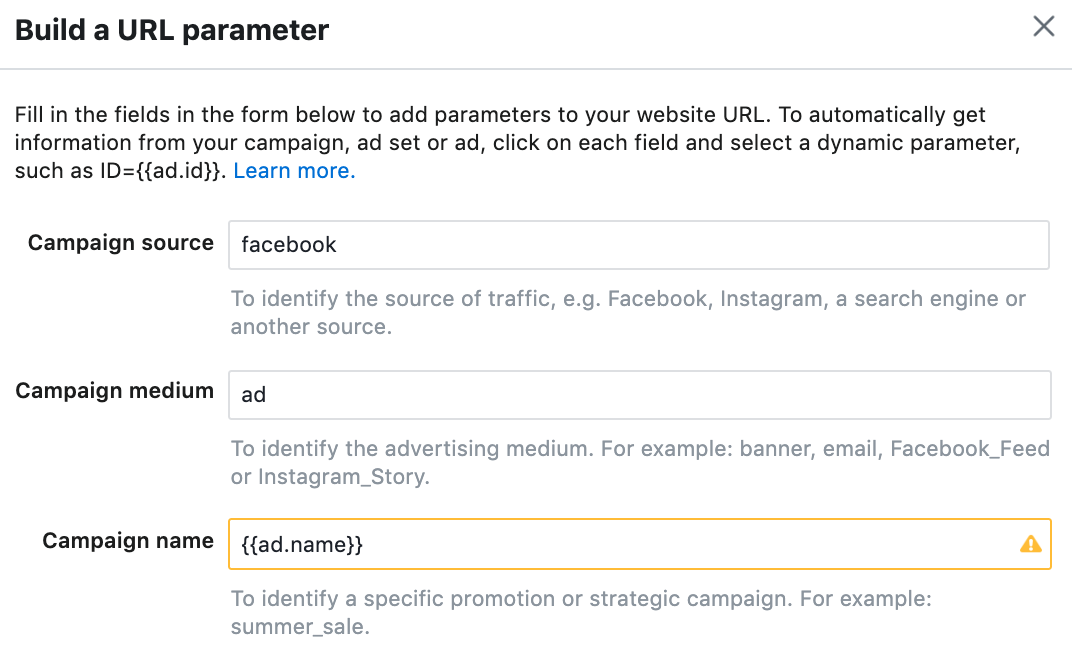You are about to launch your first Facebook campaigns or you have already launched some but are not satisfied with the results? Here are 15 effective tips to optimize and improve the results of your campaigns.
1. Choose the right campaign objective
Before you start creating your campaign on the platform, you need to clearly define your objective. Indeed, a Facebook campaign can have different objectives such as reach, traffic, page likes or conversions. The Facebook algorithm will optimize your campaigns differently depending on the chosen objective. On the other hand, once the objective is selected in your campaign, you will not be able to change it.
2. Broaden your audience
There's no point in segmenting your audiences too much. It's better to do ad sets with large enough audiences and let the algorithm learn by itself. If you segment your audiences, they will be smaller, the budget per ad set will be lower and the learning period will be longer.
3. Adapt the message according to the audience
In order to be as relevant as possible in your communication, Facebook allows you to create different ad sets per audience. You can then create ads tailored to each audience and thus, for example, communicate a different message to your prospecting and remarketing audiences.
4. Use lookalike audiences
An advantage of Facebook is the possibility to create Lookalike audiences. These are generally quite qualitative. You can for example create a lookalike audience of people who have already bought on your site or a lookalike audience of visitors of your site. To do this you have to go to “audiences”, select the one you want and create a lookalike audience.

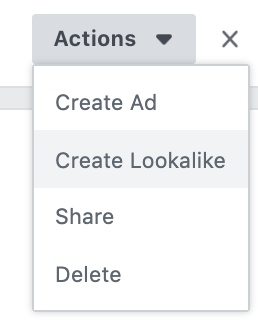
5. Run A/B tests
If you want to test new creatives, texts, landing pages or audiences, A/B tests are a very good solution. Indeed, in Facebook you can create an A/B test at campaign or ad set level by pressing the "duplicate" button. At the end of the test, Facebook will tell you which element performed best. We advise to test only one element per experience.
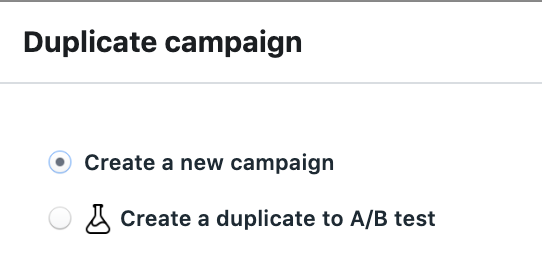

6. Optimize your ad scheduling
After letting your campaigns run for a few days, you can see if there are big differences in performance depending on the day of the week or the time of day. If this is the case, you can decide that your ads are only visible during that time by going to ad scheduling at your ad set level.

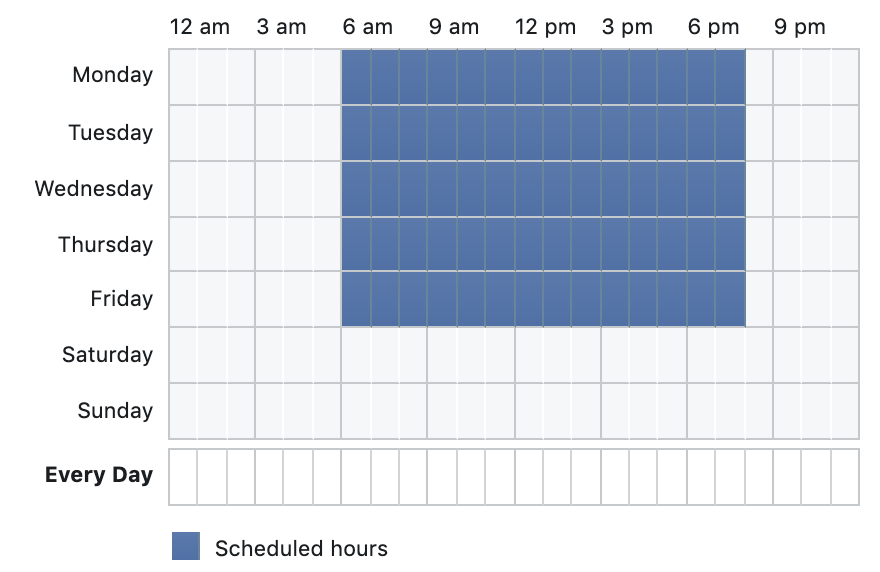
7. Select only the best performing placements
When launching a campaign, start by selecting "automatic placements". This means that you let your ads appear on all types of placements. After a few days, you can analyze the performance per placement using the Breakdown “placement”. If you see big differences in performance, select only the best ones and stop the automatic placements.

8. Change your creatives regularly
It is very important to avoid ad fatigue, i.e. when the frequency of campaigns becomes too high, your target audiences see the same ads again and again and become less reactive to them. We advise you to change creatives at least once a month.
9. Test different ad formats
As explained, it is important to avoid ad fatigue. You should therefore change the creatives regularly but another way to avoid that is to create different ad formats. For example, images, carousels, videos, dynamic creatives, etc.
10. Gather your likes, comments and shares
If you plan to use the same ad (images and text) in different ad sets, it is best to use the same post to gather likes, comments and shares. To do this you need to create a first post, go to the 'Page posts' section and take the post ID. Then in your ad set, you create a new ad but you choose "Use existing post", then "Enter Post ID" and Submit. It will automatically take the post you have created.
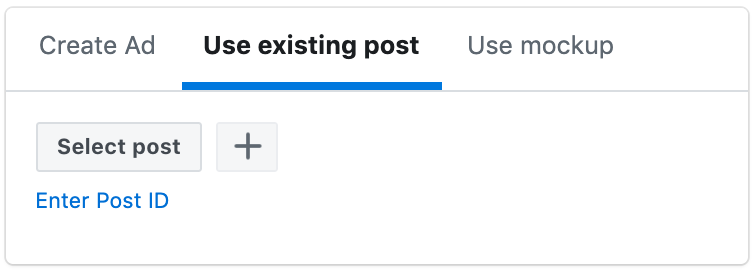
11. Monitor the frequency of your ads
Frequency represents the number of times (on average) a user has seen your ad. It is therefore important not to reach a high frequency. If this is the case, you can enlarge your audience or reduce the daily budget. Another more drastic solution is to create an automatic rule that will stop your ad when it reaches a certain frequency.
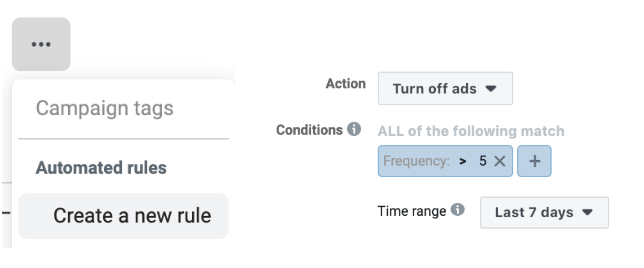
12. Adapt your creatives to the placements
Facebook allows us to appear on many different types of placements. However, you need to make sure you have the right creative for the placement you appear on. For example, if you want to do stories, you must have a 1080x1920 image. On the other hand, if you want to appear on the Instagram feed, you'll need a 1080x1080 image. To do this, you don't have to create different ads but simply select the right creative for each placement.
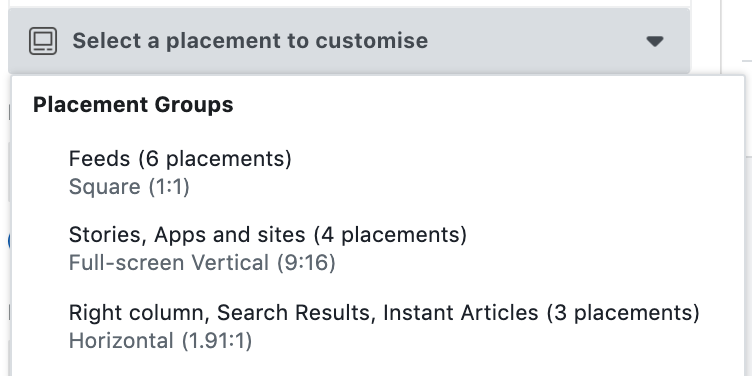
13. Hide negative comments
To prevent your brand image from being degraded, you can always hide negative comments on your posts / ads by pressing the small cross.
14. Avoid having too much text on your creatives
A very important rule for Facebook is that the text on your image should represent a maximum of 20% of the surface. If this is not the case, Facebook will disapprove your ads and they will not appear. The more text you put in, the less your ad will appear. There is a tool that allows you to check your creatives before using them: https://www.facebook.com/ads/tools/text_overlay
15. Use dynamic utm's
To facilitate the tracking of your ads, you can use dynamic utm's in order to be able to distinguish your ads in your Analytics tool. You will therefore be able to compare the performance of each ad easily. To do this, you must first have a good nomenclature for the names of the ads.
